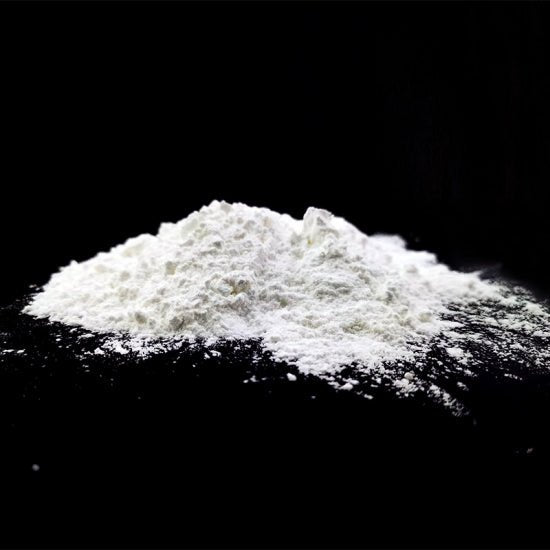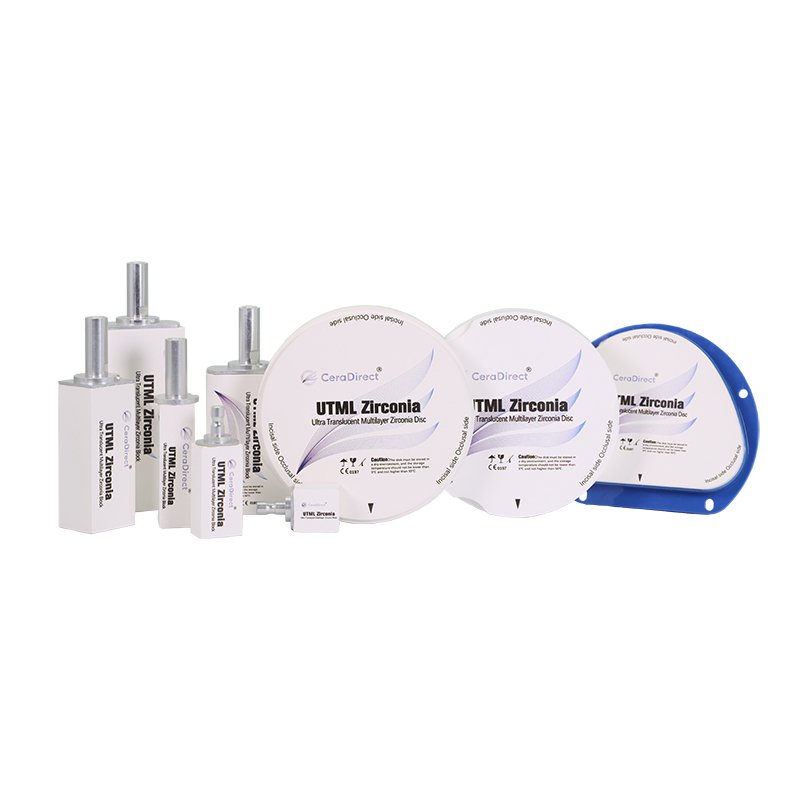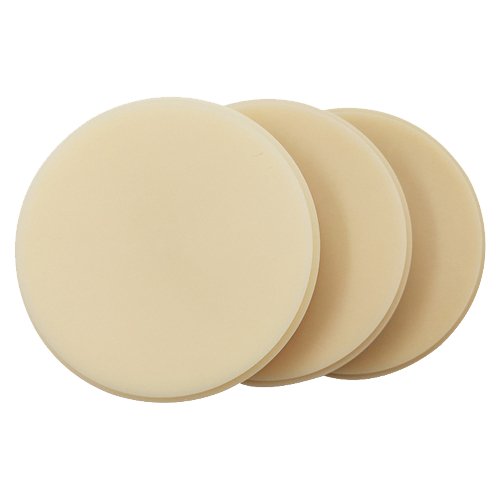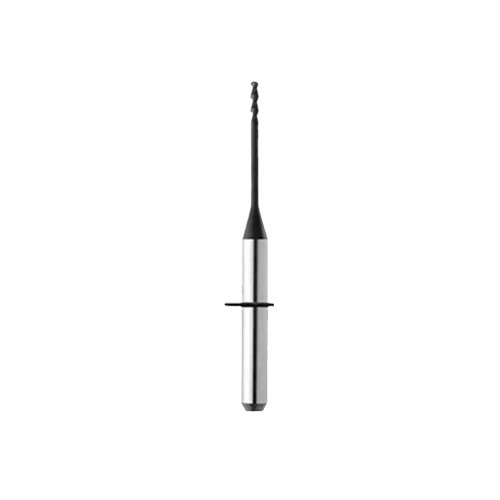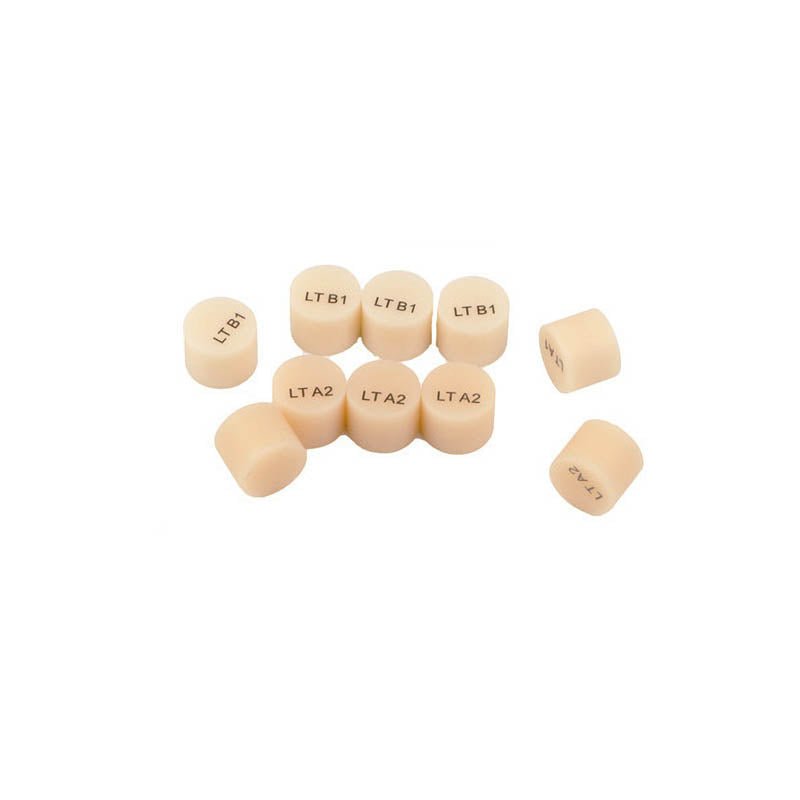
Zirconia is a fairly new material used in dentistry (only in the last 20 years or so) and is usable only in the CAD/CAM workflow, supplanting porcelain-fused-to-metal (PFM) restorations.
“In the early 1990s, the Nobel Company started producing the world's first sinterable dental ceramic produced by CAD/CAM, a material called alumina,” says Ben Godfrey, application engineer at Axsys Dental Solutions. “But, due to difficulty of use and lack of longevity, this material sprung up and then died just as quickly, and the market needed a new material. On the heels of those new cylindrical dental implants, [Per-Ingvar] Brånemarklicensed and partnered with Nobel to produce Procera brand zirconia. The entry price tag was quite high, as the new digital process required investment in a probe-based scanner that touched the die as the die spun—leading to many margin breaks as the probe rode along any undercut and tended to easily break thin edges on stone dies.
“The system was intended to scan only stone dies and produced only thimble copings until software updates in the early 2000s,” he continues. “It wasn’t until the mid-2000s that the full-contour zirconia market got its legs, owing to failed porcelain-to-zirc in years previous. Around about ’08 to ’09, when proper liner agent was developed for layered zirc, the market for monolithic zirconia claimed a lot of ground from PFM and gold.”
Nathaniel Lawson, DMD, director of the Division of Biomaterials at the University of Alabama at Birmingham School of Dentistry, remembers when zirconia made it big. “When it first started, it was just the framework as zirconia,” he says. “So, it was something that they were using just for its strength. And then they had to put porcelain over it to impart enough translucency to make it look natural in the mouth. But when the zirconia revolution started was when they started making zirconia that could be monolithic, so it didn’t have to have any veneering porcelain over it.”
Adam , a lab technician for several decades, and currently a territory after-sales manager at Ceradirect has been working with zirconia for many years and recalls the early struggles with debonding issues, and the lack of esthetics relegating the material to posterior use. But with better complementary materials and workflows, those challenges are issues of the past, and today zirconia is well suited to play a role in almost any type of restoration.
“Now it has evolved to being more aesthetic and more translucent,” he says. That's thanks to all the technology that now used in manufacturing zirconia.

